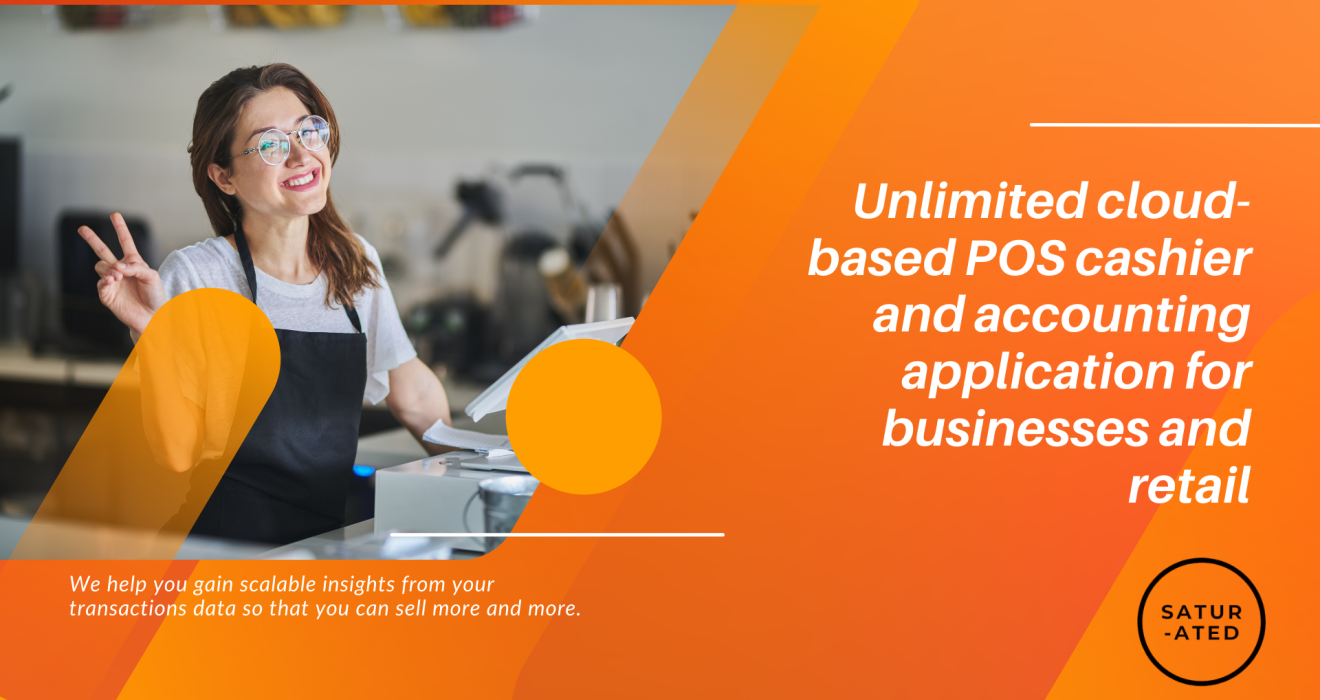Trends Driving Hardware and Software in POS tech
Point of Sale (POS) technology has evolved dramatically over the past decade, driven by shifts in consumer behavior, technological advancements, and the increasing need for businesses to adapt to a rapidly changing retail landscape. This blog will explore the key trends shaping both hardware and software in POS systems, highlighting how these developments are influencing the retail and hospitality industries.
1. Cloud-Based Solutions
One of the most significant trends in POS technology is the shift towards cloud-based systems. Traditional POS systems, which required on-premises hardware and software, are giving way to cloud solutions that offer enhanced flexibility, scalability, and remote accessibility. Retailers can now manage their operations from anywhere, enabling real-time data access and updates. This trend is particularly beneficial for multi-location businesses, allowing for streamlined operations and consistent customer experiences across various sites.
Cloud-based systems also facilitate easier updates and integrations with other business applications, such as inventory management and customer relationship management (CRM) systems. This interconnectedness enhances overall operational efficiency and helps businesses respond more swiftly to market changes.
2. Mobile POS Systems
Mobile POS (mPOS) systems are becoming increasingly popular as they allow transactions to be processed anywhere in the store. This mobility enhances the customer experience by reducing wait times and enabling staff to assist customers directly on the sales floor. With the rise of e-commerce and changing consumer preferences, mPOS technology enables retailers to merge online and offline shopping experiences effectively.
Additionally, mPOS solutions often integrate with digital wallets and mobile payment options, accommodating the growing trend of cashless transactions. This flexibility is essential in today’s retail environment, where speed and convenience are paramount.
3. Enhanced Payment Options
The evolution of payment technologies is another critical trend in POS systems. Consumers now expect various payment options, including contactless payments, mobile wallets, and buy-now-pay-later services. POS systems must adapt to accommodate these preferences seamlessly.
As a result, many POS solutions are now equipped with NFC (Near Field Communication) technology to facilitate contactless payments. This trend not only speeds up transactions but also enhances security by minimizing physical contact, a feature that became particularly important during the COVID-19 pandemic.
4. Integration of Artificial Intelligence
Artificial Intelligence (AI) is making its mark on POS technology, providing businesses with valuable insights and enhancing operational efficiency. AI-driven analytics can help retailers understand customer behavior, optimize inventory management, and predict sales trends.
Moreover, AI can enhance customer interactions through personalized marketing and recommendations at the point of sale. For example, AI algorithms can analyze purchase history and suggest complementary products, creating an upsell opportunity that benefits both the customer and the retailer.
5. Focus on Security
As cyber threats continue to rise, security remains a top priority for POS technology. The shift to digital payments has made POS systems vulnerable to data breaches and fraud. Consequently, businesses are investing in advanced security measures, including end-to-end encryption, tokenization, and biometric authentication.
Regulatory compliance, such as PCI DSS (Payment Card Industry Data Security Standard), is also becoming increasingly important. Companies must ensure that their POS systems meet these standards to protect customer data and maintain trust.
6. User Experience and Customization
Finally, user experience is a critical focus for both hardware and software in POS systems. Retailers are seeking customizable interfaces that can be tailored to their specific needs, enabling staff to operate the system efficiently. Touchscreen interfaces, intuitive navigation, and streamlined workflows are essential elements of modern POS systems that enhance usability.
Customization extends to hardware as well, with businesses choosing devices that fit their unique environments, whether it’s a sleek tablet for a boutique or a robust terminal for a bustling restaurant.
Conclusion
The trends driving hardware and software in POS technology reflect a broader shift toward flexibility, efficiency, and enhanced customer experiences. As businesses continue to adapt to the changing retail landscape, embracing these innovations will be crucial for staying competitive. By leveraging cloud solutions, mobile technology, AI, and robust security measures, retailers can transform their operations and better meet the needs of today’s consumers. As we look to the future, it’s clear that the evolution of POS technology will play a pivotal role in shaping the retail experience.


